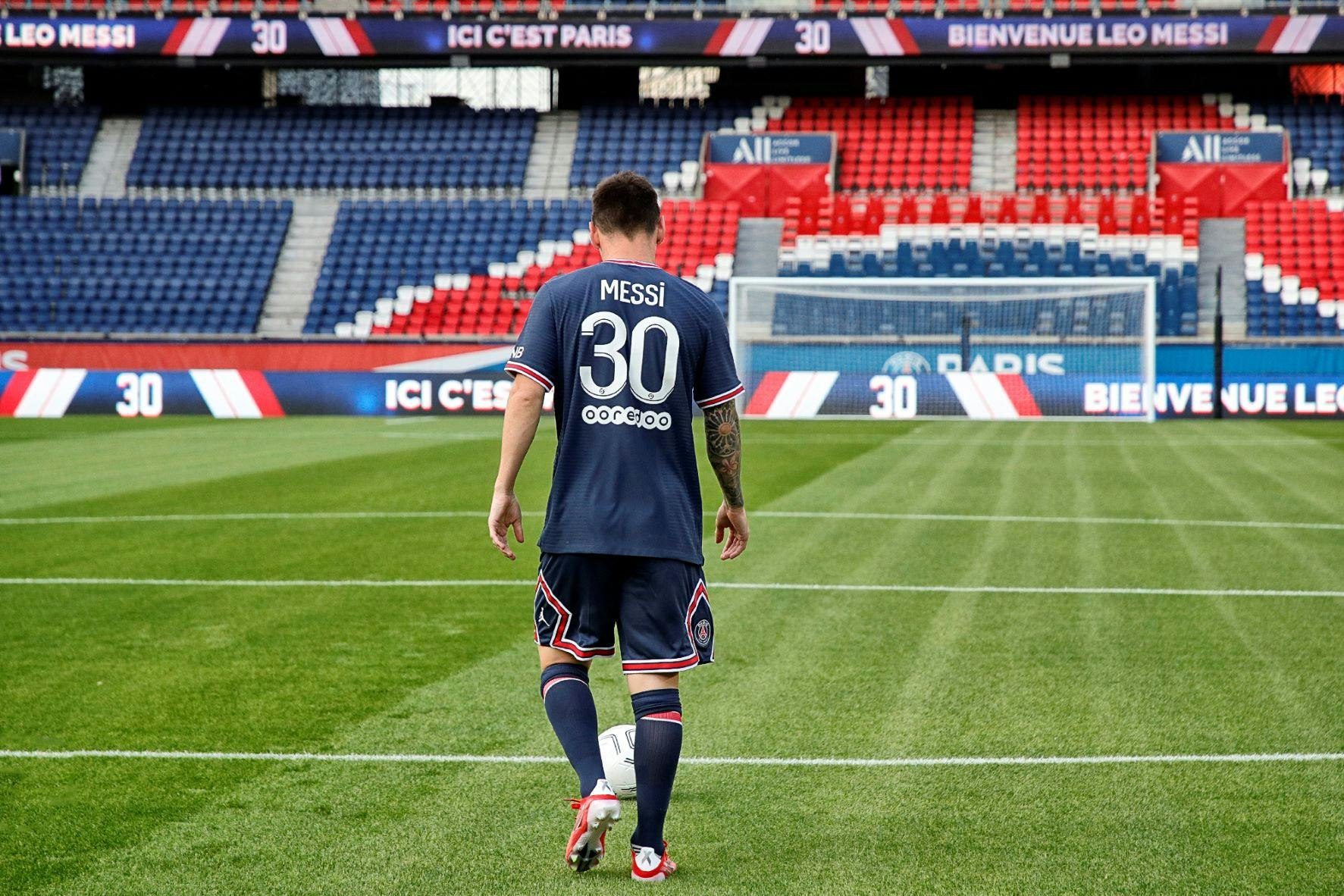
The move of Lionel Messi from Barcelona to Paris Saint-Germain was always going to revive that perennial industry question: “Can the club cover his wages through increased revenue?”
Firstly, let’s put to rest the thought that his wages will be paid for by shirt sales. On our estimates PSG would need to increase their shirt sales by a factor of seven to cover the cost of acquiring Messi. This would mean that PSG would be selling double the number of shirts of Manchester United. That’s not going to happen.
The real – and significant – legacy is the impact that Messi will have on the global fanbase of PSG. We have a recent, powerful example of how this dynamic works. When Cristiano Ronaldo moved from Real Madrid to Juventus, Turnstile’s data recorded an 18 per cent growth in the Italian club’s global fanbase. Most of this growth came from major Asian markets such as China, India and Indonesia. This is a common trend that we see with European Football clubs and NBA teams, where Asian fans will swap allegiances based on the movement of marque players. To further illustrate the point, since star basketballer LeBron James left the Cleveland Cavaliers in 2017 to join the Los Angeles Lakers, the fanbase of the Lakers has more than doubled in China.
To fully understand the impact of Messi’s move, it is also important to understand the relative popularity of Messi compared Ronaldo. Our data indicates that Messi’s global fanbase is 15 per cent bigger than Ronaldo’s. Interestingly, Messi is also less polarising, with only seven per cent of football fans having negative sentiments towards the Argentinian. This compares to Ronaldo, where 15 per cent of fans have a degree of negative sentiment towards the five-time Ballon d‘Or winner.
So, if we combine the fanbase increase achieved by Ronaldo for Juventus and then provide an uplift to capture the higher popularity of Messi, we are projecting a potential fanbase increase of 20 per cent for PSG.

There are a broad range of revenue streams that can be monetised by an increased fanbase. From a sponsorship perspective, a bigger fanbase means that the intellectual property of PSG, the right to associate with the image and likeness of the club, will increase in value. Based on the projected 20-per-cent increase in fanbase, this would increase the average value of the top-tier PSG deals (Accor and Nike) by €5.3m ($6.2m) per annum.
Monetising intellectual property for major European football clubs is critical to produce incremental revenue. It is less finite in nature (compared to exposure inventory) and there is no cost of service.
The final sponsorship result will obviously be impacted by a range of factors such as the club’s performance (particularly in the Champions League), the individual performance of Messi and the expiry profile of PSG’s deals. But as of Tuesday, PSG’s intellectual property has begun to appreciate in value and there is little doubt that the club’s commercial team will be having some interesting discussions with new and prospective partners.